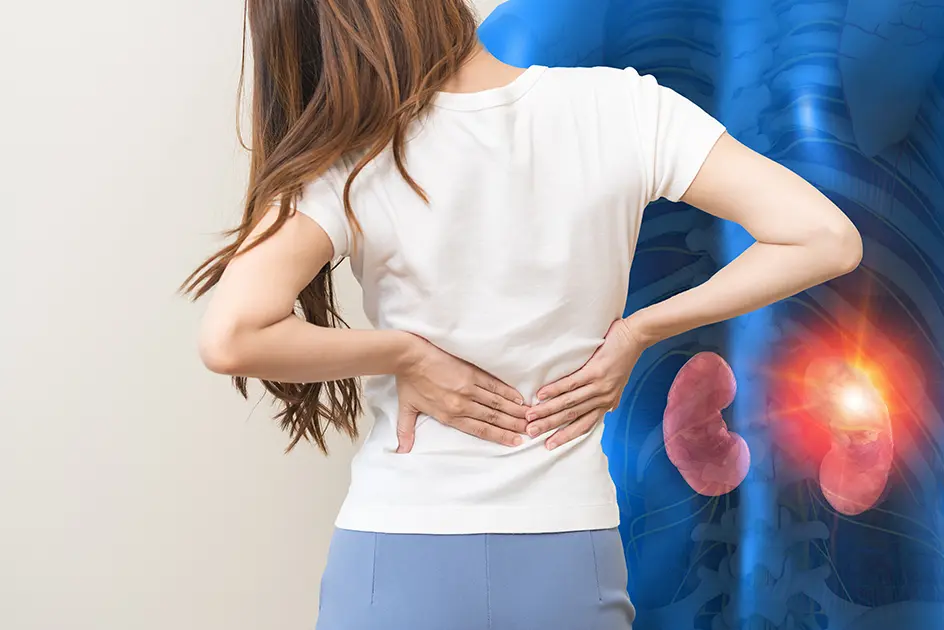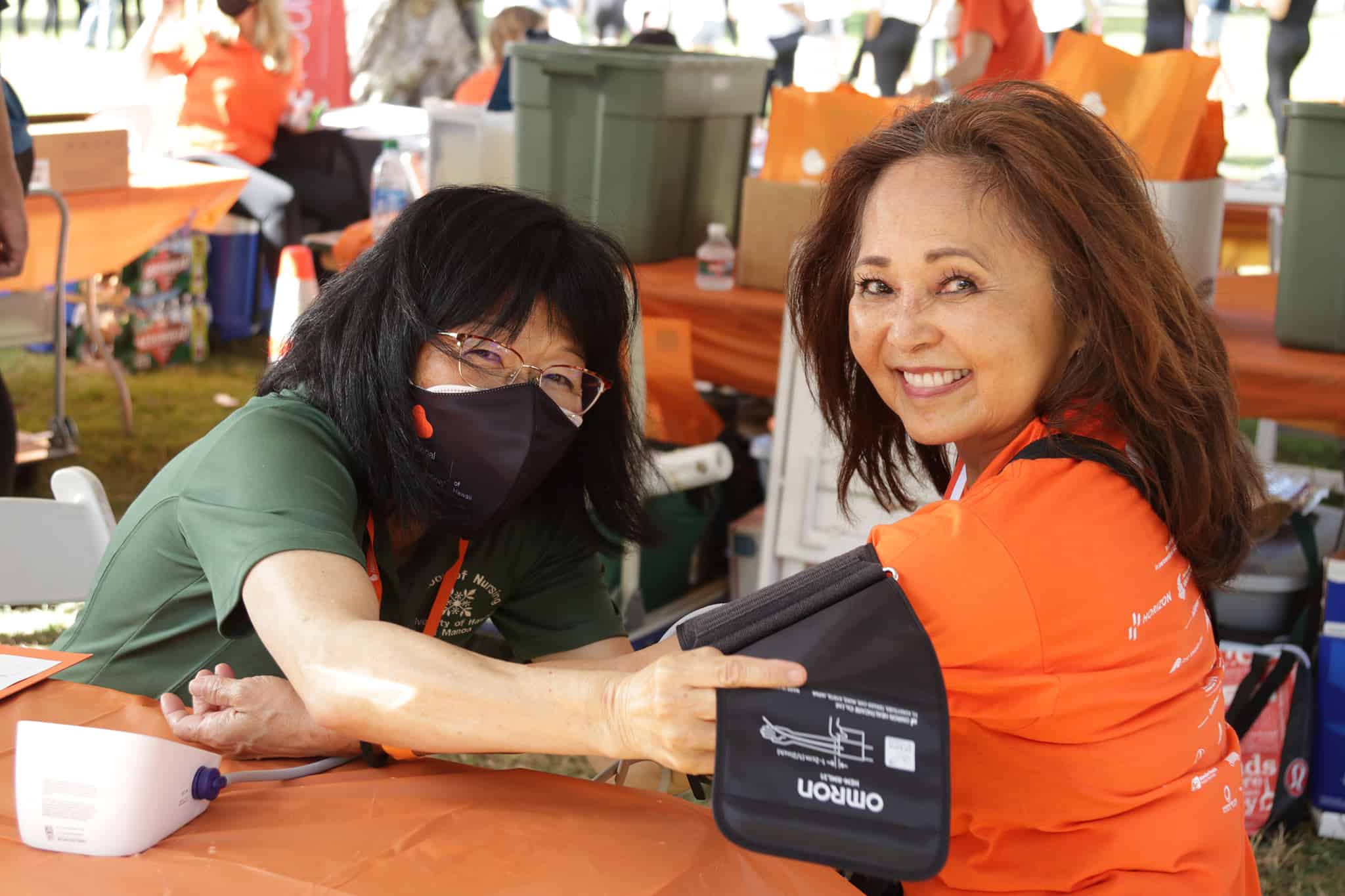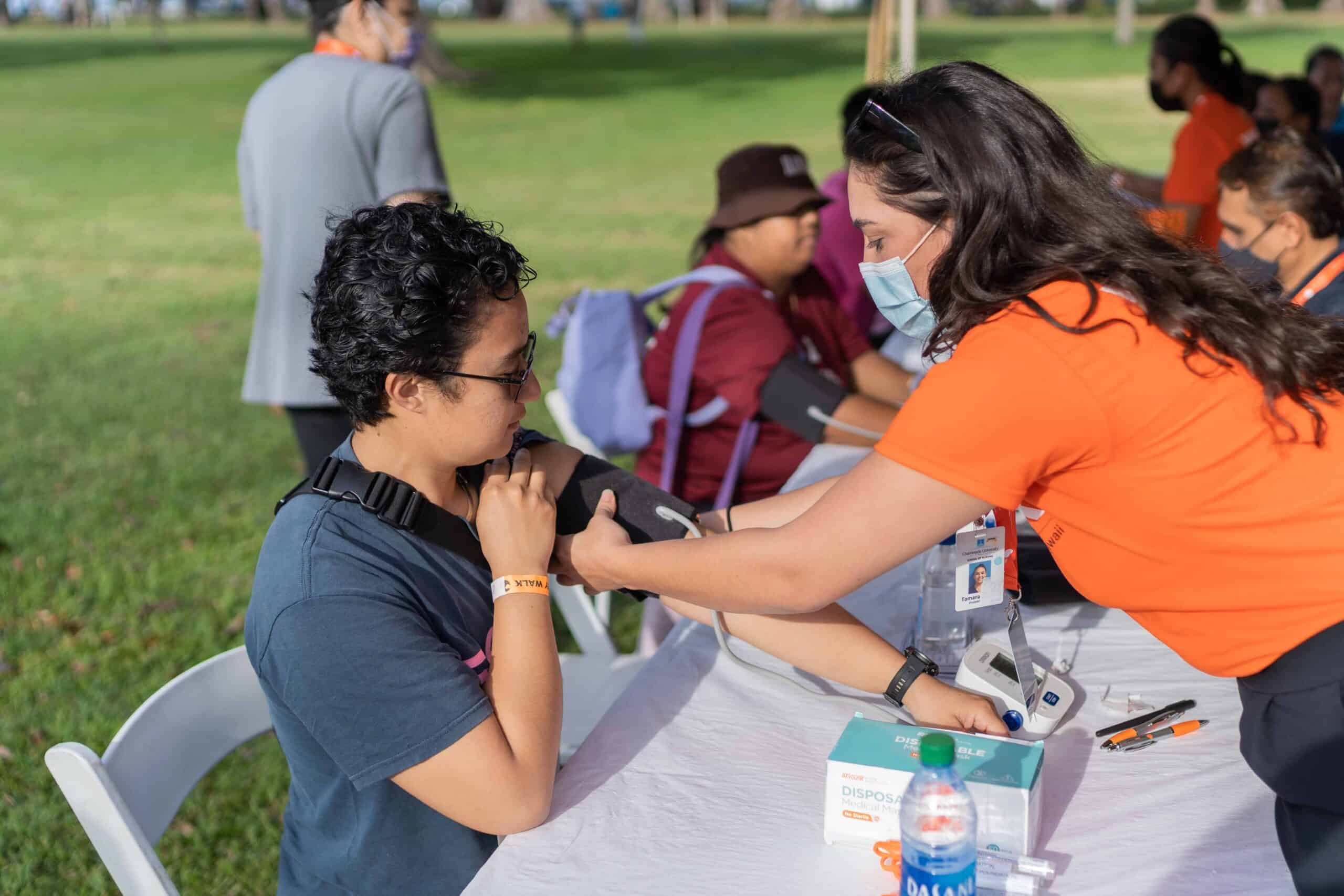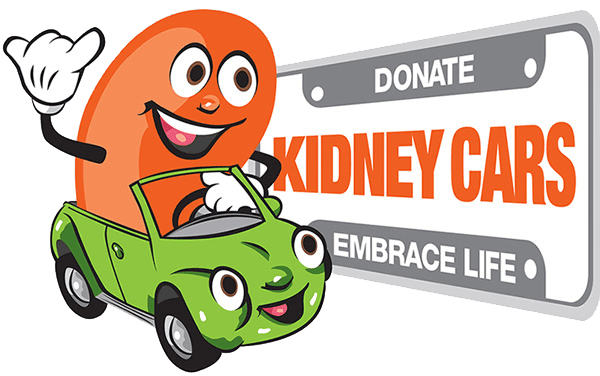“What should I eat?” Renal dietitians get asked this all the time! This series of blog entries discusses the general dietary guidelines for people living with chronic kidney disease. The last blog topic was potassium. We also discussed protein and sodium in the previous two entries. Phosphorus and calcium are yet another dietary concern for people with CKD.
The kidneys play an important role in bone health. Your kidneys are not just your body’s filters. Healthy kidneys play a major role in balancing hormones and minerals like parathyroid hormone (PTH), vitamin D, calcium and phosphorus. When kidney function declines, calcium and phosphorus levels get out of control. People with impaired kidney function are at greater risk for bone disease because they are more likely to have high phosphorus and PTH levels. Too much calcium and phosphorus can cause vascular calcification that impairs your circulation.
Phosphorus is a mineral that is found in many foods. The main source in our food supply is in food additives. Look at the Nutrition Facts label for anything that says “phos,” “phosphate” or “phosphoric” on the ingredient list. Soft drinks, including flavored water, iced tea, and cola, as well as packaged foods are often high in phosphates. Besides additives, high phosphorus foods include dairy products, nuts and seeds, oysters, sardines, liver, oat bran, chocolate, and beer. When eating out, fast food, pizza, and processed meats foods are highest in phosphorus. If your phosphorus is high because of your food choices, it’s best to work with a renal dietitian. The Dietary Reference Intake (DRI) for phosphorus is 700 mg per day. Your doctor will tell you if your phosphorus is high, as you can only determine it with a blood test. Because it can be difficult to cut out phosphorus from your diet completely, your doctor may recommend a phosphate binder medication to help control the amount of phosphorus your body absorbs from foods.
Calcium is found in many foods as well. Dairy products, legumes, dark green leafy vegetables, tofu and soy products, and food additives are the main sources of dietary calcium. The DRI for calcium is 1000-1200 mg per day for most adults. Ask your doctor if you need to adjust your calcium intake.
When your kidneys are not working well, waste and fluid build up in your body, and over time, they can cause heart, bone and other disorders. A kidney-friendly meal plan can help minimize problems. The best diet for you depends on your stage of kidney disease and your current eating habits. The good news is that you can still enjoy a healthy and varied diet with kidney disease, but dietary advice will be different for everyone. At first it may be confusing to balance all the dietary restrictions, but don’t worry! A renal dietitian can help support you by working out a diet plan that is right for you.
This information is meant to be used as a resource and is not meant to replace medical advice. For more information, contact programs@kidneyhi.org.
References:















